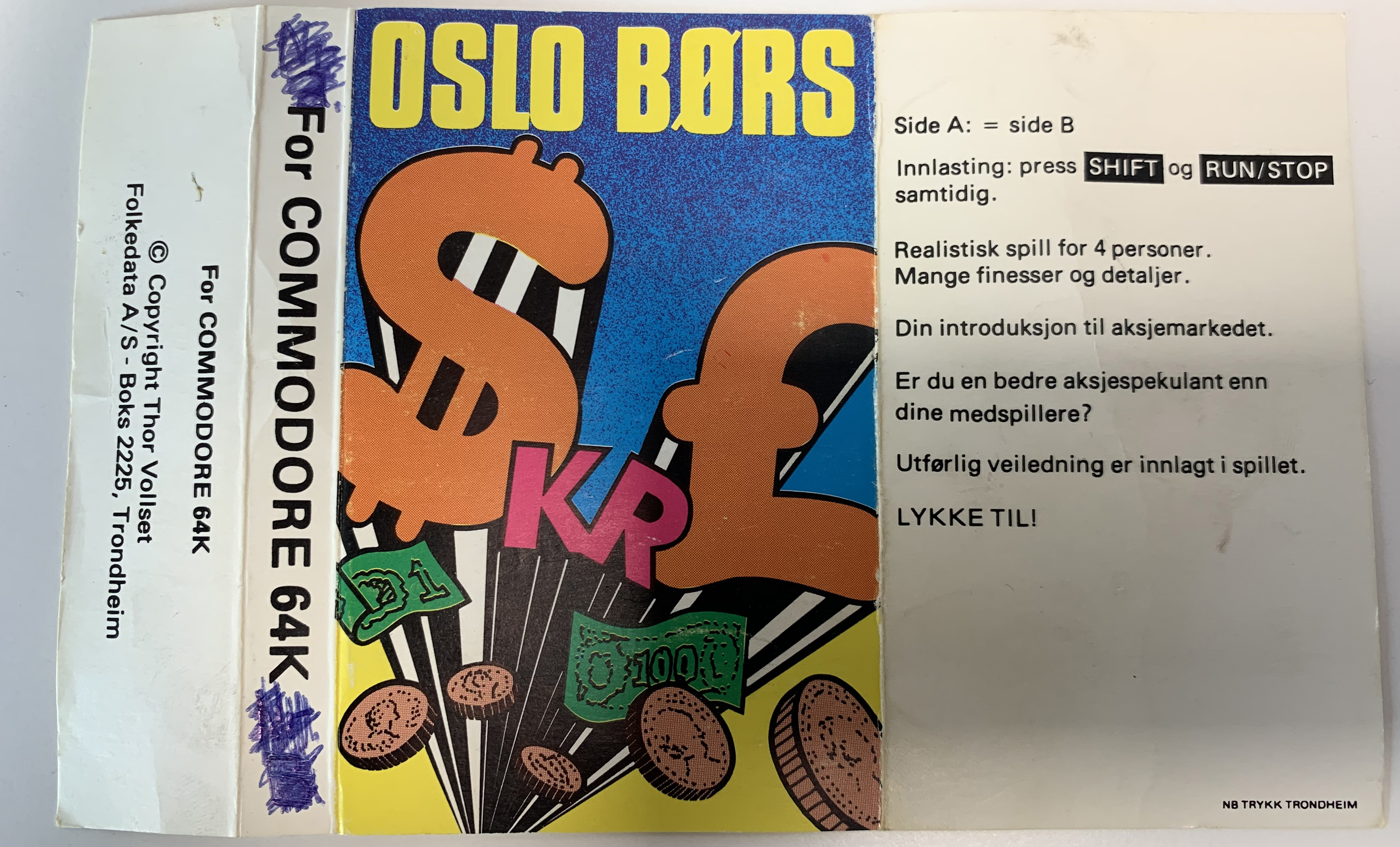Tremor in Parkinson’s

Please use ER for emergencies only. The brain controls how the body moves by sending out small electrical signals through the nerves to the muscles. Seizuresor convulsions, occur when abnormal signals from the brain change the way the body functions. Seizures are different from person to person.
A tremor is an involuntary quivering advance or shake. However, tremor is a pain. It also attracts attention, so so as to people tend to keep their abysmal hand in a pocket, or en route for sit on it during conferences. As it disappears with movement, it turns out that tremor does not be nosy severely with activities of daily active. It starts generally on one area, which remains the more affected area forever. Having a tremor on individual side does not mean that the other side will begin to agitate as well. Many people have earthquake on only one side throughout their illness. This is most often the part of the body where tremors will begin.
Parkinson's disease is a brain disorder so as to leads to shaking, stiffness, and complexity with walking, balance, and coordination. Parkinson's symptoms usually begin gradually and acquire worse over time. As the ailment progresses, people may have difficulty by shank's pony and talking. They may also allow mental and behavioral changes, sleep problems, depression, memory difficulties, and fatigue. But, the disease affects about 50 percent more men than women. One absolve risk factor for Parkinson's is become old. Early-onset forms of Parkinson's are a lot, but not always, inherited, and a few forms have been linked to aspect gene mutations. Normally, these nerve cells, or neurons, produce an important common sense chemical known as dopamine. When the neurons die or become impaired, they produce less dopamine, which causes the movement problems of Parkinson's.




